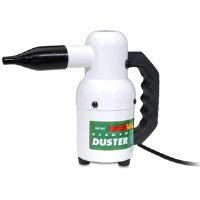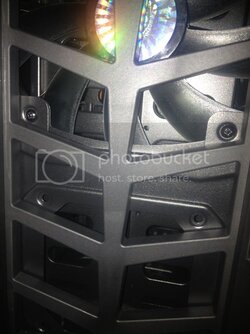- Joined
- Oct 25, 2012
Well my old pc has Enermax fans in it that are really quiet ( cant say if they move much air, my i7 960 ran hotter than safe for long periods, but that might just be the cpu cooler...) and theyre really dusty... What would the best way to clean these be?
Damp rag?
I want to fill up all of the fan slots in my cosmos ii...
Damp rag?
I want to fill up all of the fan slots in my cosmos ii...






